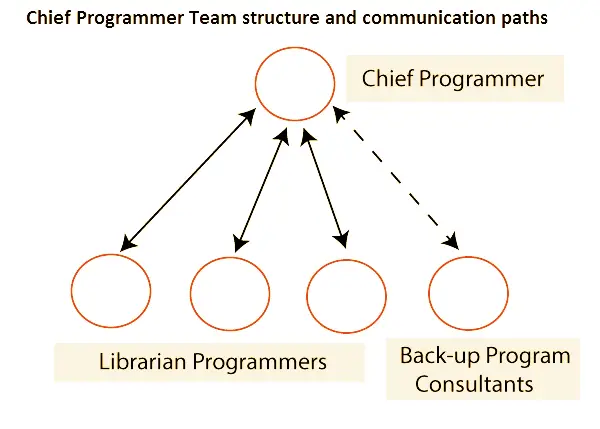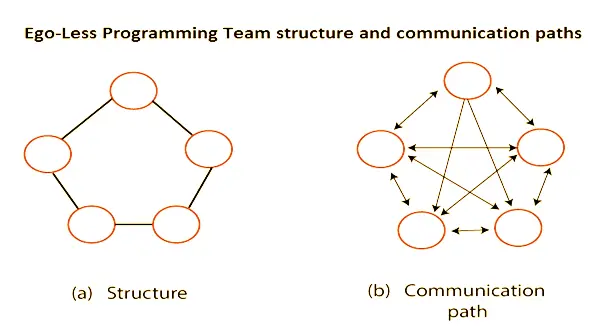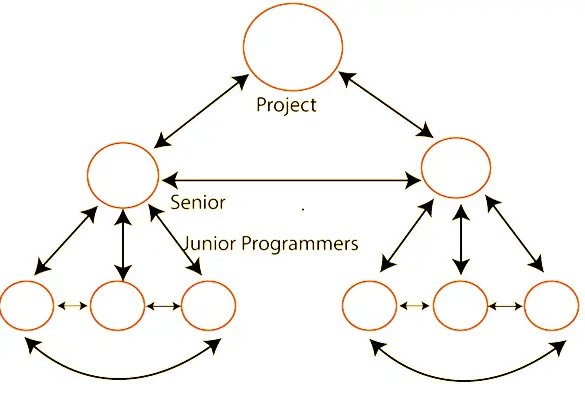Personnel planning is a critical aspect of software engineering that involves identifying and assigning the right people with the right skills to specific roles and responsibilities within a project. This process is essential for ensuring that the project team has the necessary skills and expertise to successfully complete the project within the given time frame and budget.
Effective personnel planning involves a careful analysis of the project requirements, the skills and experience of potential team members, and the availability of resources. In this way, personnel planning can help ensure the success of a software engineering project by ensuring that the team is properly equipped to handle the challenges and demands of the project. This paper will explore the importance of personnel planning in software engineering, its benefits, and some key considerations to keep in mind when developing a personnel plan for a software engineering project.
The Project Personnel process includes various activities such as
- Defining personnel requirements
- Recruitment
- Compensation
- Staff development and promotion
Efficient personnel planning and scheduling require a thorough understanding of the efforts and schedule size needed for the subsystems and essential components in a given system. This knowledge helps organizations allocate personnel resources effectively to achieve the desired results.
During the planning phase, it may not always be possible to have a complete understanding of the system method. At this stage, planners can only attempt to identify the major subsystems in the system and possibly the critical modules in each subsystem. This preliminary information can help with initial personnel planning and allocation of resources to various subsystems. As the project progresses and more details become available, the personnel plan can be updated and revised as necessary.
After estimating the project plan and determining the effort and schedule required for each phase and function, organizations can identify the staffing needs for the project. This is a critical aspect of personnel planning, as it helps ensure that the project has the appropriate number of resources to complete each task effectively.
To determine the average staff size needed for the project, organizations can divide the total efforts required (in person-months) by the project’s overall duration (in months). This calculation can provide valuable insights into the number of personnel resources needed for the project and help organizations plan accordingly.
In general, the number of staff required for a project tends to be low during the requirement and design phase, increases significantly during the implementation and testing phase, and drops again during the final integration and testing stage. By understanding these trends, organizations can plan their personnel resources accordingly and ensure that they have the right number of staff available during each stage of the project.
Once the schedule and average staff level for each project action are determined, organizations can create an overall personnel allocation plan. This plan outlines the number of personnel required for different activities at different times throughout the project.
By developing a detailed personnel allocation plan, organizations can ensure that they have the appropriate number of personnel resources available for each stage of the project. This plan provides critical insights into the number of people required for each activity and can help organizations allocate resources efficiently to achieve the desired results.
The personnel allocation plan also makes it easy to calculate the total effort required for each month and each step of the project. By analyzing these figures, organizations can adjust the plan as necessary to ensure that they have the appropriate personnel resources available at all times. This flexibility is crucial for ensuring that the project is completed on time and within budget.
Structure of Team
In software engineering, team structure plays a vital role in determining how individual project teams are arranged. There are various methods for organizing project teams, including three primary formal team structures:
- Chief Programmer
- Ego-Less or Democratic
- Mixed Team Organizations
Additionally, several other variations of these structures are also possible.
Different problems, depending on their complexities and sizes, may require specific team structures to find the best solutions. By carefully considering the requirements of each project, organizations can choose the most appropriate team structure to ensure that the project is completed efficiently and effectively. This decision can have a significant impact on the success of the project and the overall productivity and satisfaction of the team members involved.
Chief Programmer Team
The chief programmer team structure is hierarchical, consisting of a chief programmer, backup programmer, program librarian, and several other programmers. In this structure, the chief programmer is responsible for making all significant technical decisions for the project. They take charge of most of the design work and assign coding tasks to the other programmers. The backup programmer supports the chief programmer by assisting with technical decisions and taking over their responsibilities if the chief programmer is unable to perform their duties.

The program librarian plays a critical role in maintaining documentation and other communication-related tasks, ensuring the project runs smoothly. However, this structure can reduce interpersonal communication, and the communication paths are more defined and rigid than in ego-less or democratic teams. The chief programmer team structure is well-suited for projects that require a clear chain of command and where technical expertise is crucial to the project’s success.
Ego-Less or Democratic
Ego-less or democratic teams are composed of a smaller group of programmers. Instead of a single leader making decisions, the team sets its objectives by consensus, and every member’s input is taken into account for significant decisions. In this team structure, group leadership is rotated among members.

The ego-less or democratic team structure allows for input from all team members, which can lead to better decisions in solving various problems. This approach is well-suited for long-term research-type projects that do not have time constraints. The structure encourages open communication and collaboration, allowing team members to share their ideas and perspectives. By working together, the team can leverage the strengths and knowledge of each member to achieve the best possible results.
Mixed Team Organizations (Control Decentralized Team)
The controlled decentralized team structure is a hybrid of democratic and chief programmer teams, combining their strengths. In this structure, project leaders are responsible for a team of senior programmers, with each senior programmer leading a group of junior programmers.

The senior programmer and their junior programmers operate as an ego-less team, with group decisions made by consensus. However, communication between different groups only occurs through their respective senior programmers, who also communicate with the project leader.
The controlled decentralized team structure has fewer communication paths than a democratic team, but more than a chief programmer team. This structure is ideal for large, relatively straightforward projects but may not be suitable for simpler or research-oriented projects.
Hope this article has given you insight into how Personnel Planning in Software Engineering functions. If wish to learn more concepts in Software Engineering do follow our tutorials.freshersnow.com frequently.
